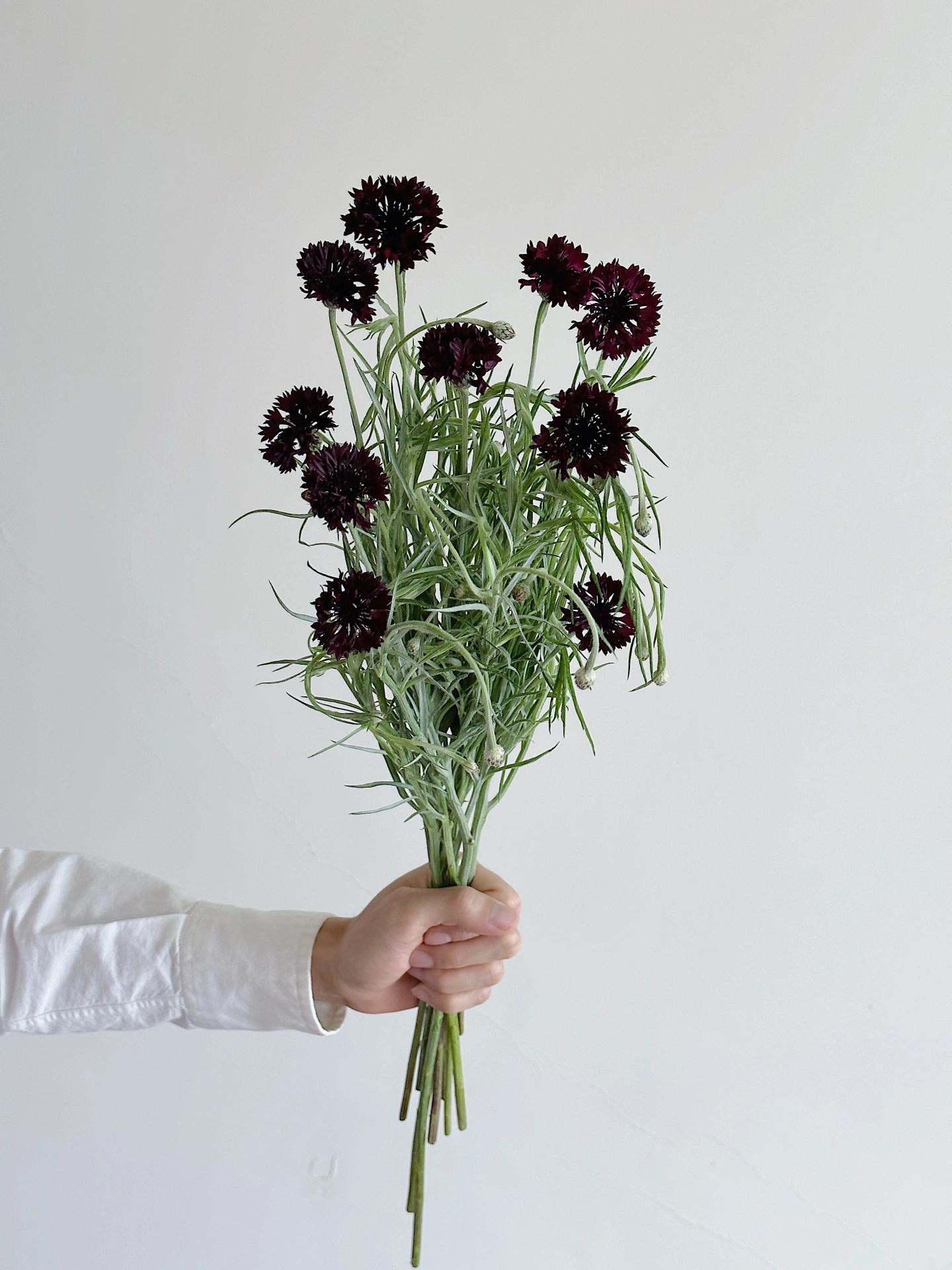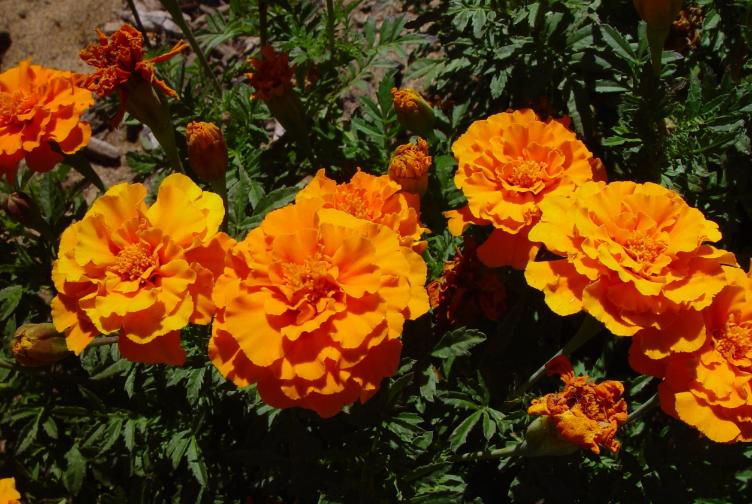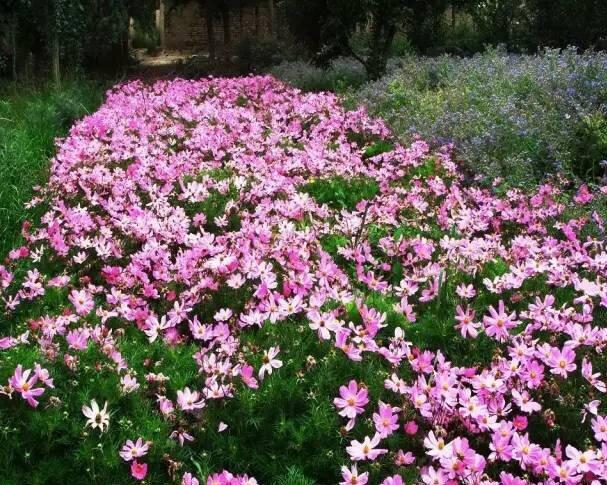Once, there was a magical plant called Vitex, known for its remarkable powers. Legend has it that a kind-hearted young girl stumbled upon the plant while wandering through a mystical forest. Fascinated by its beauty, she decided to cultivate it in her backyard. To her astonishment, the Vitex plant started blooming with vibrant flowers that possessed the ability to heal ailments and bring good fortune. News spread fast, and people from far and wide visited the girl’s home to witness the miracles of the plant. Over time, the girl started sharing cuttings of the Vitex plant with others, spreading its magic and bringing joy to countless lives.
Picture
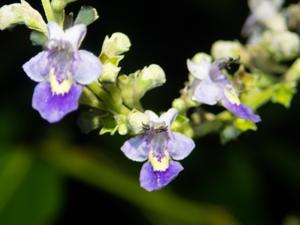
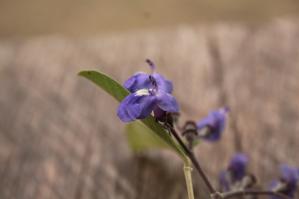
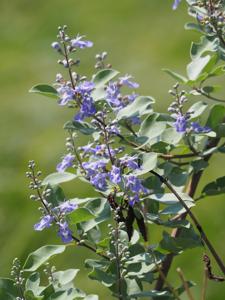
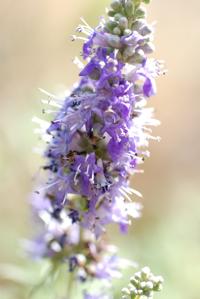
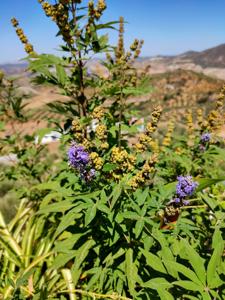
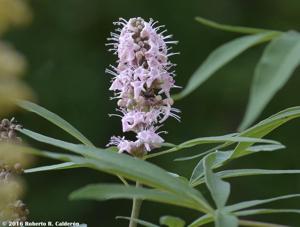
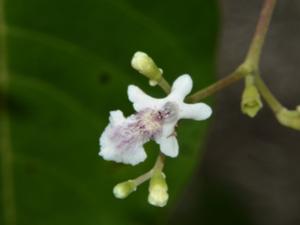
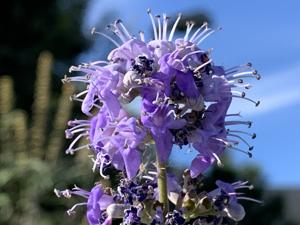
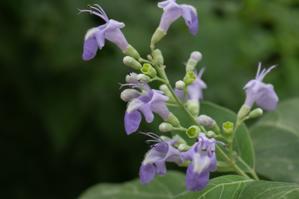
Plant some seeds now!
Short Description
Vitex quinata
Vitex /ˈvaɪtɛks/ is a genus of flowering plants in the sage family Lamiaceae. It has about 250 species. Common names include chaste tree or chastetree, traditionally referring to V. agnus-castus, but often applied to other species, as well.
Species of Vitex are native throughout the tropics and subtropics, with a few species in temperate Eurasia and one in New Zealand.
About 18 species are known in cultivation. V. agnus-castus and Vitex negundo are often grown in temperate climates. About six others are frequently grown in the tropics. Most of the cultivated species serve as ornamentals. Some provide valuable lumber. The flexible limbs of some species are used in basket weaving. Some of the aromatic species are used medicinally or to repel mosquitos.
The genus Vitex was named by Linnaeus in Species Plantarum in 1753. Vitex was the name used by Pliny the Elder for V. agnus-castus. It is derived from the Latin vieo, meaning to weave or to tie up, a reference to the use of V. agnus-castus in basketry.
As a result of phylogenetic studies of DNA sequences, Vitex is one of several genera that were transferred from the Verbenaceae to the Lamiaceae in the 1990s. It is the largest genus in the subfamily Viticoideae of Lamiaceae. Taxon sampling in molecular phylogenetic studies has never been sufficient to test the monophyly of the Viticoideae, but it is generally thought to be an unnatural group. The subfamily is probably diphyletic, with Premna, Gmelina, and Cornutia constituting one clade, and with Vitex, Petitia, Pseudocarpidium, and Teijsmanniodendron constituting the other.
Description
Vitex is a genus of shrubs and trees, from 1.0 to 35 m tall. Some species have whitish bark that is characteristically furrowed. Leaves are opposite, usually compound. The fruit is a drupe.

